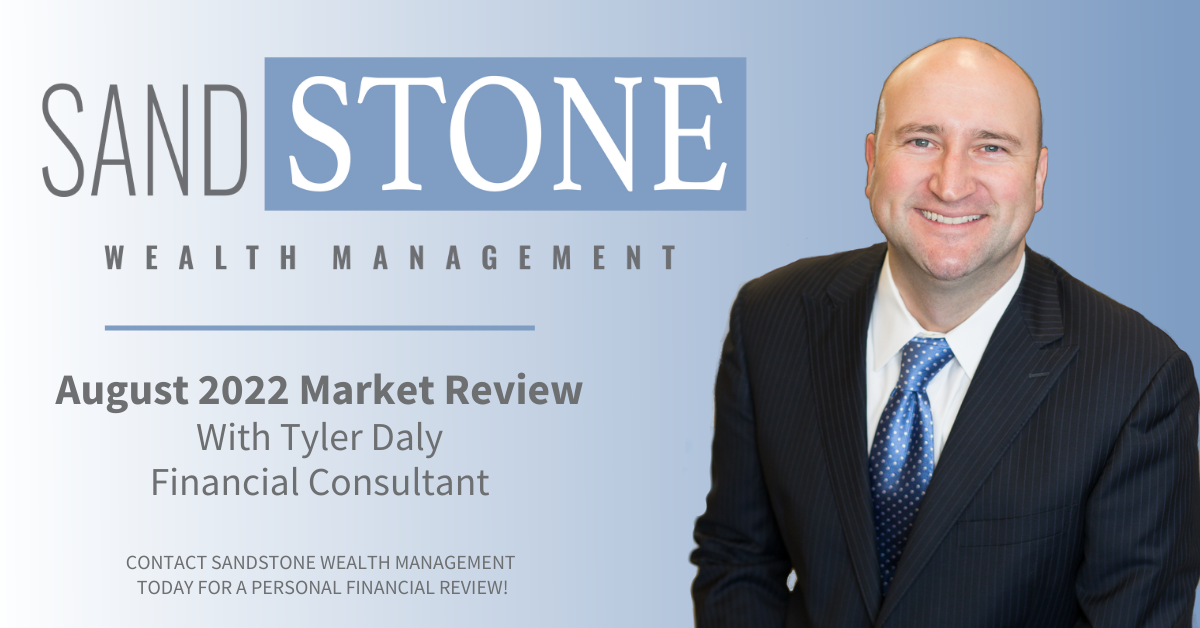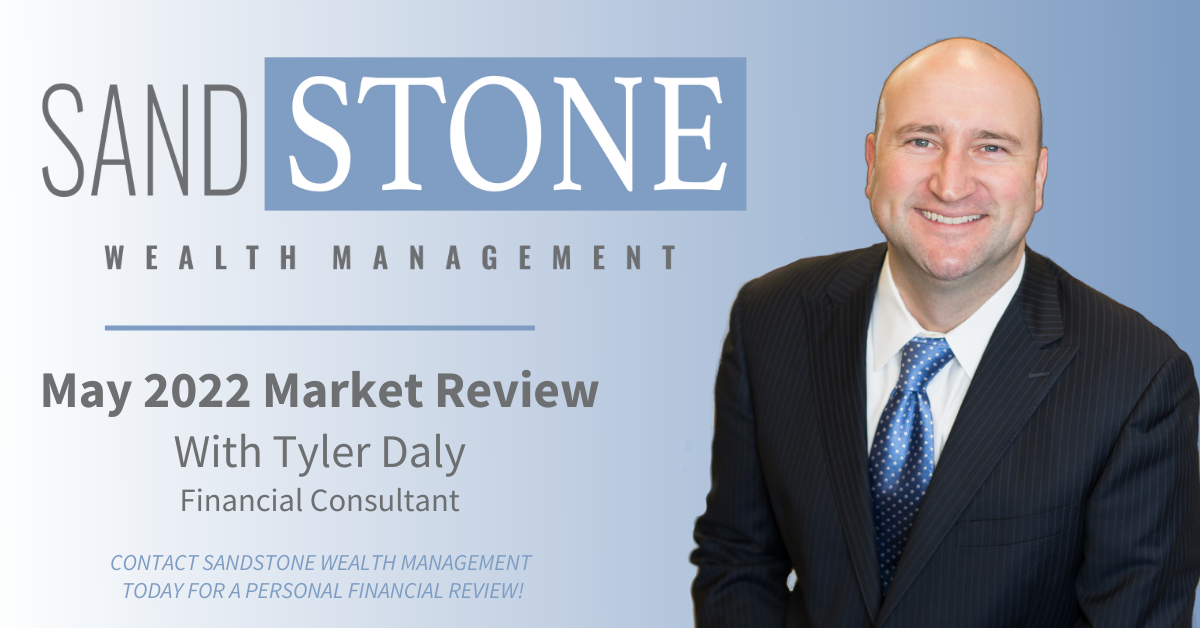
Investors may have been hoping for March to go out like a lamb, but it seems the month simply marched on. The big news came with the passage of the latest stimulus bill, which injected trillions into the economy, and the release of the Ever Given, a giant container ship that had gotten stuck in the Suez Canal, which hampered shipping worldwide. The continued progress of the vaccine rollout and the passage of the stimulus bill created major tail-winds for the economy, reflected by rising gross domestic product estimates, a further move up in equity prices and a steady rise in interest rates, explained Larry Adam, Raymond James chief investment officer.
The yield on the 10-year Treasury hit its highest level in more than a year, yet domestic equity markets managed to gain ground for both the month and the quarter, seemingly on the hope of strong economic activity the rest of the year.
Federal Reserve policy remains accommodative and another round of fiscal stimulus has further boosted sentiment. Supply chain issues have added to cost pressures for manufacturers, and we may see some increase in inflation as the economy reopens, but inflation expectations remain firmly anchored at 2%, the Fed’s long-term goal. The Consumer Price Index is expected to rise to over 3% for the 12 months ending in April, but that merely reflects a rebound from the low figures of a year earlier, notes Chief Economist Scott Brown.
Within equities, the market has seen gains across sectors. This bodes well for intermediate-term performance. Outsized gains have come from areas most aligned to an economic reopening, while last year’s best performer, Technology, has largely consolidated its prior strength, acting as a source of capital for the reflation trade, explains Joey Madere, senior portfolio strategist, Equity Portfolio & Technical Strategy. He remains broadly positive on equities, but investors should not be surprised if the historically strong gains experienced over the past 12 months become more normal (with normal pullbacks) over the next 12 months. Given that positive view, weakness could represent buying opportunities.
Speaking of which, let’s review where we are:
|
|
12/31/20 Close |
3/31/21 Close |
Change |
% Gain/Loss Year to Date |
|
|
DJIA |
30,606.48 |
32,981.55 |
2,375.07 |
+7.76% |
|
|
NASDAQ |
12,888.28 |
13,246.87 |
358.59 |
+2.78% |
|
|
S&P 500 |
3,756.07 |
3,972.89 |
216.82 |
+5.77% |
|
|
MSCI EAFE |
2,147.53 |
2,216.06 |
68.53 |
+3.19% |
|
|
Russell 2000 |
1,974.86 |
2,220.52 |
245.66 |
+12.44% |
|
|
Bloomberg Barclays Aggregate Bond |
2,392.02 |
2,311.53 |
-80.49 |
-3.36% |
|
|
|
Performance reflects price returns as of market close on March 31, 2021. MSCI EAFE and the Bloomberg Barclays Aggregate Bond figures reflect March 30, 2021, closing values. |
||||
Other topics worth noting in our view:
Investing in Infrastructure
Market attention will focus on the policy specifics of President Biden’s infrastructure and recovery plan – formally unveiled on March 31 – which is paired with tax changes as revenue-raising measures. We anticipate robust debate around the corporate tax rate and tax increases for high-income earners. Key spending provisions include $621 billion for transportation infrastructure, $180 billion for R&D, $174 billion for the electric vehicle value chain, and $111 billion for water infrastructure. Needless to say, this proposal represents a starting point for what will be complex negotiations in Congress.
Eyes on Inflation
The Federal Open Market Committee chose to leave the fed funds rate unchanged in its March announcement. Fed Chair Jerome Powell emphasized that a near-term spike in inflation is expected but will likely be temporary and not the start of a long-term trend. Powell repeated that the central bank won’t raise short-term interest rates until it is a lot closer to its inflation and employment goals. He also indicated that the rise in Treasury yields so far in 2021 has been orderly and is not a concern at this time.
Volatility remains strong as uncertainty flourishes in terms of inflation, yields and business growth. Investors are not being rewarded for credit risk or duration risk, which makes high-quality intermediate duration bonds appear more attractive.
Over There
European markets generated modest gains for the month amid enhanced stimulus efforts, despite uneven progress for vaccinations and continuing COVID-19 challenges. Asian markets generally fell during March, and a broader range of emerging markets continue to exhibit a number of challenges even if most anticipate COVID-19 vaccine progress.
The Bottom Line
The faster arrival of vaccines as well as the passage of an almost $2 trillion stimulus bill should boost GDP growth expectations for the rest of the year. Last, but not necessarily least, I wanted to remind you that the IRS has extended the tax-filing deadline for individuals to May 17th.
As always, I wish you and yours well. Thank you for your confidence in me. I’ll be sure to keep my eyes on the markets and relate anything of relevance. If you have any questions, please reach out at your convenience.
The financial markets and my office will be closed on April 2nd for Good Friday. As always, you can securely access your accounts through Raymond James Client Access – whenever, wherever.
Material prepared by Raymond James for use by its advisors.

Tyler has been in the financial services industry since 2004 and with Sandstone Wealth Management and Heartland Bank since 2009. He is Series 7, 66 and Insurance licensed to assist his clients with all their investing, financial planning, and insurance needs. Tyler was recently named to the Forbes List of America's Top Next-Generation Wealth Advisor, which recognizes advisors from national, regional, and independent firms. Tyler graduated from the University of Nebraska-Lincoln with a Bachelor’s Degree in Diversified Agriculture and was born and raised in the Nebraska Sandhills. This gives him an intimate knowledge and understanding of his farming and ranching clients. Tyler is married to Rachel, who earned her Doctorate of Pharmacy from the University of Nebraska. They have two children, Camilla and Cooper. Away from business, he enjoys officiating high school basketball in the winter as well as golfing and team roping in the summer.


.png)

.jpg)

.jpg)

.png)



